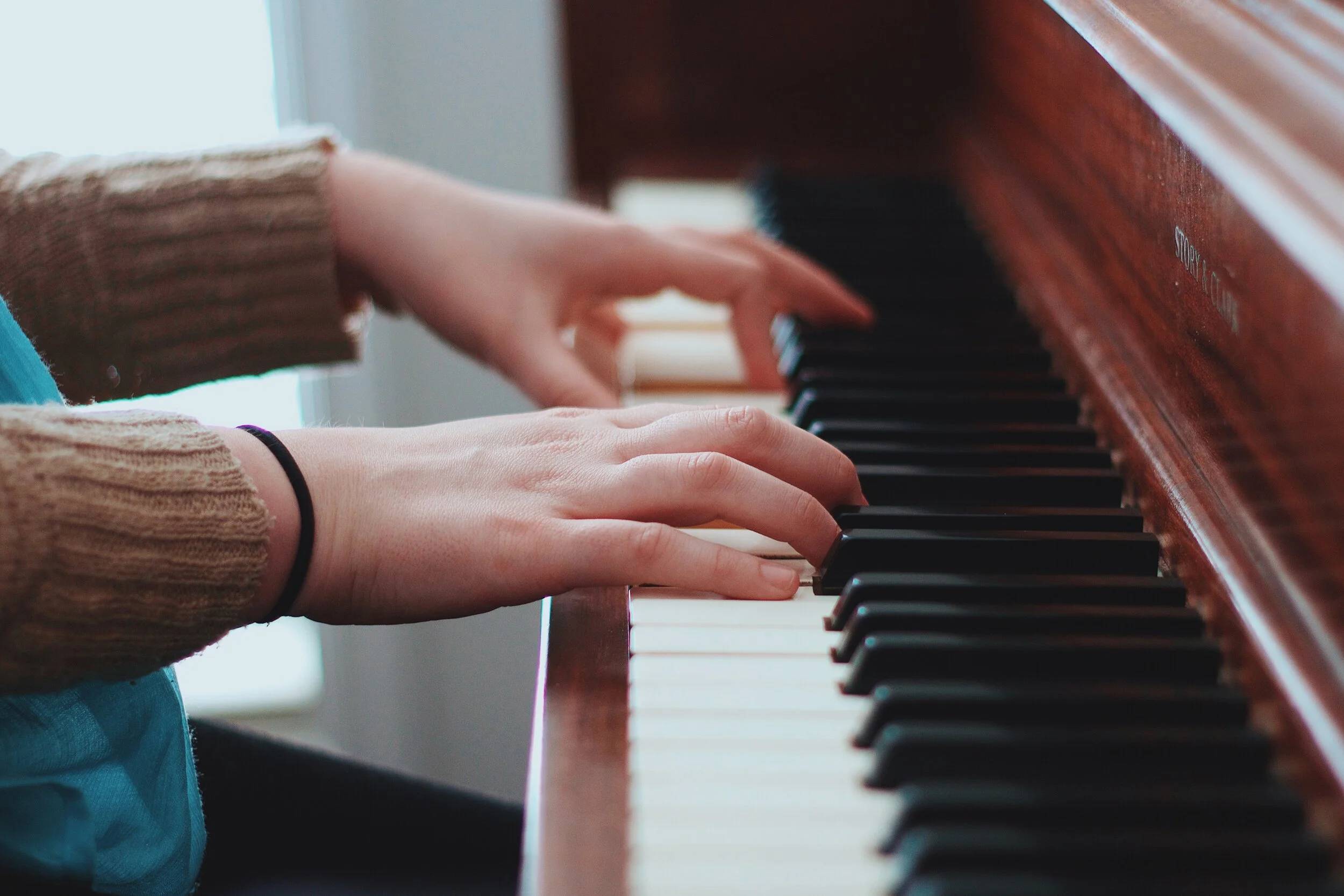There are many bad things about the coronavirus, but there is one good thing: It is not very hardy,” said Dr. John Swartzberg, an expert on infectious diseases and a professor emeritus at the University of California, Berkeley, School of Public Health. “It is easily destroyed by most disinfectants.” (Credit, NBC News)
The most important part of this process is to be sure we are killing germs that may contain the Covid-19 Coronavirus, however, protecting your keyboard from potentially damaging solutions and solvents is also important. With these methods, you will have a clean, sterilized keyboard, without ruining it in the process. Disinfecting the keyboard isn’t a complicated in depth procedure, but there are a few things to keep in mind to keep yourself and your piano in good shape.
Piano Key Anatomy (Acoustic)
With a few exceptions all piano keys are composed of a wooden “key stick” and either a piece of acrylic plastic for modern pianos, or ivory for Antique pianos both of which are glued to the top of the key stick. There are also openings or holes in the keystick referred to as a “mortus” that have pieces felt glued on either side of the opening so that the key can smoothly move up and down on the metal pins that run through the keysticks to keep them aligned.font>
Cleaners and solutions used to disinfect the keyboard.
In the case of acrylic and ivory capped piano keys, all of the chemicals in the quick reference listed above will work fine. However, it is extremely important to dilute the chemical(s) appropriately . Reference the product package for proper dilution ratios. Also be sure to wear gloves when working with the alcohol or bleach solution.
This bit is pretty straight forward, but there are a couple of important things to keep in mind.
DO NOT go to town on your keyboard by pouring liquid liberally onto the keys and scrubbing it with a sponge or brush.
I suggest using the solution of your choice and three microfiber rags. Apply the solution directly to the rag (not directly to the piano key). Make sure that the rag is just a bit more wet than moist (not sopping wet), it should be about the same saturation as a clorox wipe. Press the key down, and scrub away. I would suggest using seprate microfiber rags for the sharps(black keys) and naturals (white keys), and a third dry microfiber to wipe away the solution when you are done.With the sharps, you’ll need to scrub the sides of the key without pressing the key down. If you decide to use alcohol or bleach solution scrub a small amount on a black key first as a test. In some cases, on pianos with real ebony and lacquer finishes, alcohol or bleach solution may cause the paint on the sharp keys to bleed a bit. If you notice that there is a great deal of black coming off onto the rag, stop. You’ll need to go the soap and water route.
The main thing we are trying to prevent here (aside from the Coronavirus) is getting excess liquid on the sides of the keys or beneath them. The keysticks are made of unfinished wood and will easily absorb liquid. Using too much liquid, letting it pass through the key gaps can cause,
The glue under the keytop to dissolve, causing the keytop to become loose and or fall off.
Cause the key mortus of the keys can swell up and become sluggish, or in an extreme case immobilize the key all together.
If a small bit of liquid does manage to get through the key gap, chances are it will probably be fine. If it is a large amount, and you get a loose keytop or sluggish key, call your local piano technician, so that they can repair the key back to working order.
Cleaning and Disinfecting Digital / Electric Piano Keys
Chances are that the material that makes up your digital piano keys are the same or very similar to the acrylic keytops found on modern acoustic piano keys. The same process listed above can be applied to a digital piano, electric piano, or keyboard. Take just as much care not to let liquid slip through the key gaps, and please make sure to unplug the piano before you start. Make sure that the keyboard is totally dry before you plug the piano back in.
In cleaning either an acoustic keyboard or an electric one, take your time, and be methodical about the process.
I hope this has helped some of you to disinfect your piano’s keyboard so that you can now play at ease. Feel free to shoot me an email if you have any questions.
Stay safe, and be well.





